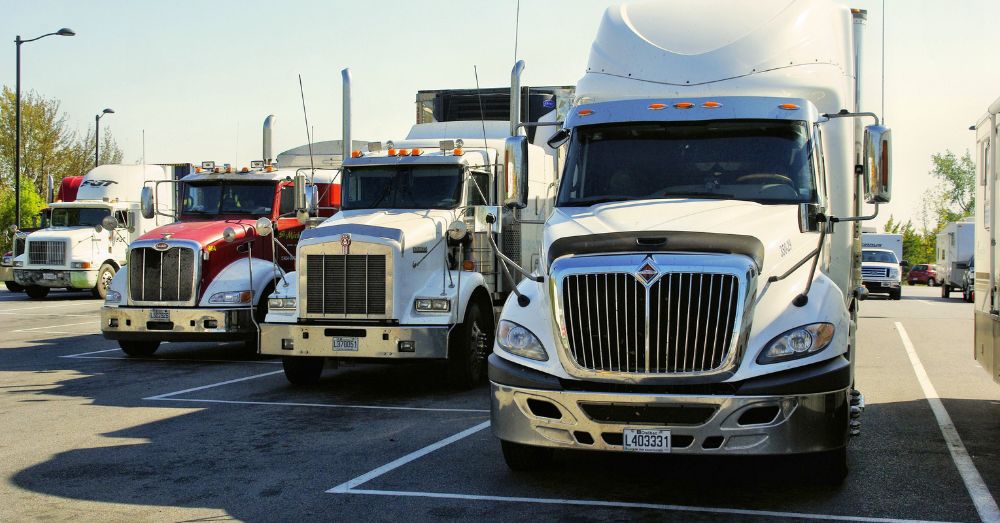Diesel engines have long been the backbone of heavy-duty transportation, powering everything from commercial fleets to agriculture and construction vehicles. However, their carbon footprint remains a challenge; diesel fuel accounts for a huge portion of U.S. transportation emissions. While electrification is making strides in passenger vehicles, long-range and high-torque demands make fully electric solutions for diesel trucks difficult to implement at scale.F
Some breakthroughs in electro-biodiesel technology could offer a solution. Scientists have developed a method to convert carbon dioxide into biodiesel feedstock with unprecedented efficiency. This could potentially offer a cleaner alternative to conventional diesel without the infrastructure challenges of full electrification.
Diesel Truck Emissions and Decarbonization Challenges
Diesel-powered vehicles are essential to global commerce, but they come with an environmental cost. According to the U.S. Energy Information Administration, diesel fuel accounted for about one-fourth of total U.S. transportation carbon dioxide emissions in 2022. Traditional biodiesel options, such as those derived from soybeans, offer some relief but come with limitations:
- They require large amounts of land for crop production.
- They have relatively low efficiency in converting solar energy into usable fuel.
- Scaling up biodiesel production can lead to competition with food supplies.
The challenge has been finding a renewable alternative that provides the same power, range, and efficiency that diesel trucks demand without the environmental drawbacks.
The Rise of Electro-Biodiesel
Researchers at Washington University in St. Louis and the University of Missouri have pioneered a new approach to biodiesel production. It bypasses the inefficiencies of plant-based sources. By using electrocatalysis of carbon dioxide, they have developed a method that:
- Turns CO₂ into bio-compatible intermediates like acetate and ethanol.
- Uses engineered microbes to convert those intermediates into fatty acids.
- Produces biodiesel feedstock 45 times more efficiently than soybean-based biodiesel.
This new electro-biodiesel process boasts a solar-to-molecule efficiency of 4.5%, which is significantly higher than the efficiency achieved by natural photosynthesis of less than 1%. The result is a more sustainable, scalable fuel option that could help diesel trucks cut emissions without requiring an entirely new infrastructure.
The Future of Diesel Transportation
If scaled successfully, electro-biodiesel could revolutionize how we power commercial transportation. Unlike fully electric alternatives, which face challenges with charging infrastructure and range limitations, this fuel could be used in existing diesel engines with minimal modifications. Key benefits include:
- Lower Carbon Emissions: This process could reduce emissions by up to 1.57 grams of CO₂ per gram of biodiesel produced, potentially achieving negative emissions under the right conditions.
- Less Land and Resource Use: Unlike traditional biofuels, this approach doesn’t require large amounts of farmland, making it a more sustainable solution.
- Scalability: As demand for cleaner fuels rises, electro-biodiesel offers a feasible way to transition without disrupting supply chains.
Diesel Trucks and the Road Ahead
While the transportation industry is moving toward electrification, the reality is that diesel trucks will remain essential for heavy-duty applications in the foreseeable future. The creation of electro-biodiesel could provide a much-needed bridge between traditional diesel engines and a cleaner, low-carbon future. The ability to cut emissions without sacrificing performance could reshape the future of commercial transportation, offering a greener path forward without leaving diesel behind.



